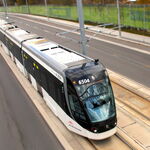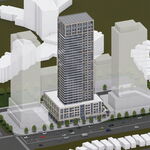DaveFlavanoid
New Member
Thanks for posting those maps, they are incredibly interesting!
I love how what was essentially identified as transit corridors (Eglinton and Finch) in 1976, took 40 years to get underway.
I love how what was essentially identified as transit corridors (Eglinton and Finch) in 1976, took 40 years to get underway.





